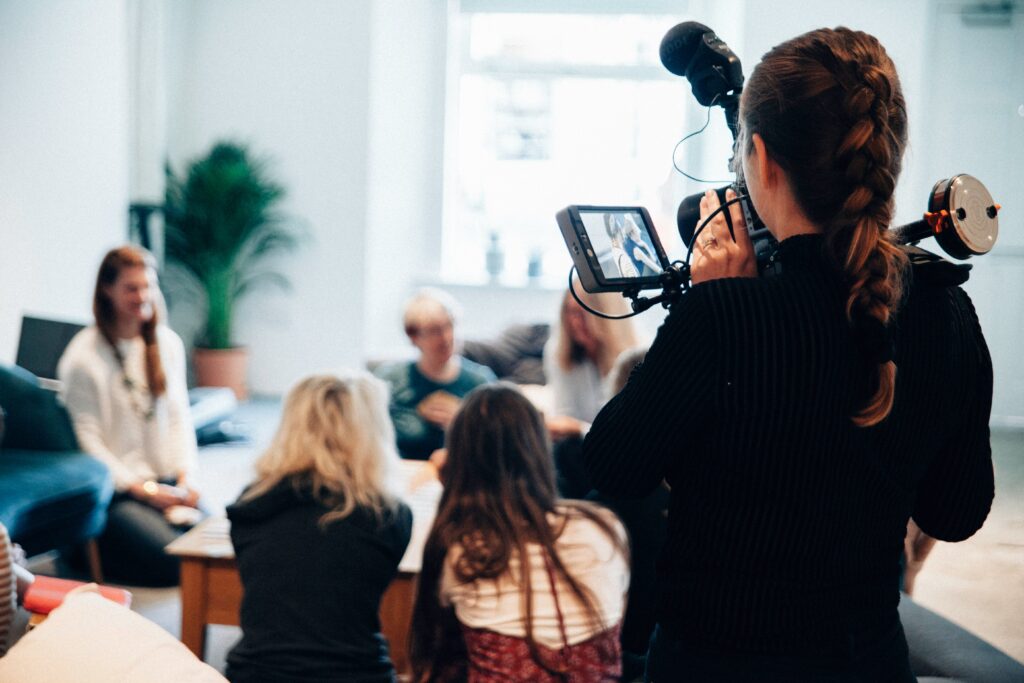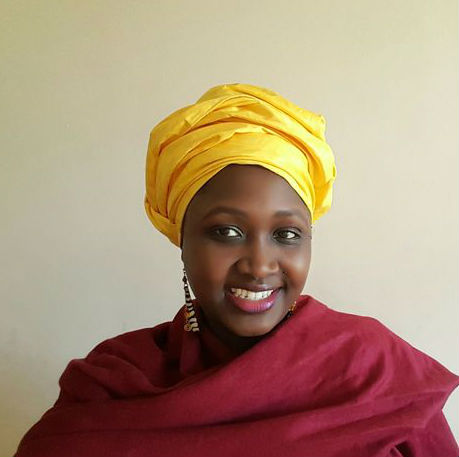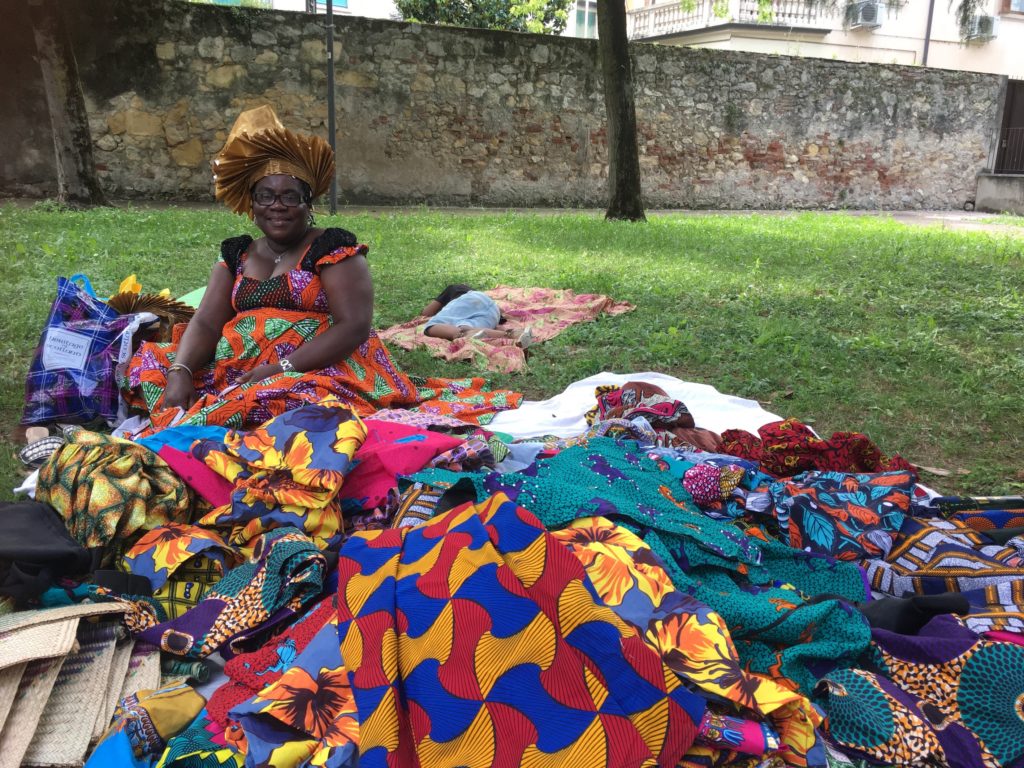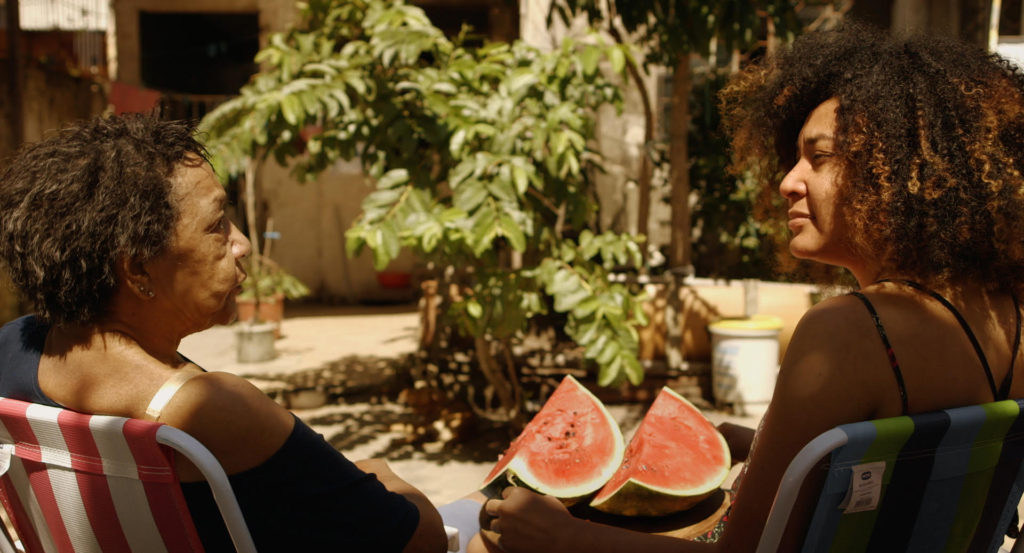Research by Pass The Mic and the University of Strathclyde uncovers the severe underrepresentation of women of colour in key decision-making roles and political spheres across Scotland, underscoring ongoing disparities in inclusion and representation.
by Juliana da Penha
“Only 1.5% of people in Scottish media stories about the election are women of colour: this is a decrease from our 2021 study on the Scottish Parliament elections (where WOC made up 2.1% of people in the news)” explained Talat Yaqoob, founder of Pass The Mic, independent consultant and researcher.
During the UK general election period, research by Pass The Mic and the University of Strathclyde, funded by the Equal Media and Culture Centre at Engender, monitored media coverage in Scotland, assessing the gender and racial composition of those involved in telling the stories of the election, including anchors, reporters, journalists, and commentators; the overall representation of all individuals appearing in the news; the diversity among those providing expertise through newspaper quotes or TV interviews; and the inclusion of diverse voices in “vox-pops” or personal experience segments related to election coverage.

The purpose of this study, explained Talat, was “to provide hard data that illustrates the extent of under-representation of women of colour. Media monitoring of this kind takes place at every election, but rarely do these research projects focus on women of colour’s visibility at these key democratic moments.”
The media monitoring took place between Friday, June 7th, and Thursday, July 4th, and focused on stories with a Scottish angle. Nearly 8,000 stories were included from TV evening bulletins and most national newspapers. However, due to funding and time limitations, the study did not include regional papers. The findings specifically relate to the 2,191 stories about the election.
Media monitoring of this kind takes place at every election, but rarely do these research projects focus on women of colour’s visibility at these key democratic moments.
White Men Dominate Scottish News Median and Women of Colour Remain Significantly Under-Represented
“The numbers are even more disappointing than we had anticipated”, said Talat about the study findings.
White men comprised 65.5% of all anchors, journalists, and reporters in Scottish media stories about the election and 60.9% of all people featured in Scottish election news. This dominance highlights a significant gender and racial imbalance in the media landscape.
The study highlights that despite the election of the first two women of colour to the Scottish Parliament—Kaukab Stewart (Scottish National Party) and Pam Gosal (Scottish Conservative and Unionist Party)—only 1.3% of all experts used in Scottish news media were women of colour. This underrepresentation extends across all areas of decision-making and influence, particularly in politics.

Of the 216 newspaper commentary and opinion articles coded, only four (1.9%) were written by women of colour. In terms of those featured in the news, only 1.5% of people in Scottish media stories about the election were women of colour. This is a decrease from the 2.1% recorded in the 2021 study on the Scottish Parliament elections.
Moreover, only 0.9% of all people quoted in Scottish newspapers’ election coverage were women of colour. This translates to just 20 women of colour in 1,079 stories. Only nine women of colour gave popular opinion in Scottish media stories about the election, with three of those women appearing in just one story on STV news. Additionally, only seven women of colour shared their personal experiences as part of the election coverage.
The report also noted the lack of expert voices, with only one woman of colour expert featured in Scottish media stories about the election. This highlights a broader issue of visibility and representation in areas of expertise and commentary.
Of the 216 newspaper commentary and opinion articles coded, only four (1.9%) were written by women of colour. In terms of those featured in the news, only 1.5% of people in Scottish media stories about the election were women of colour. This is a decrease from the 2.1% recorded in the 2021 study on the Scottish Parliament elections.
Looking Ahead: Steps for Media Inclusion and representation
The 2024 UK general election media monitoring research sheds light on how under-represented women of colour remain in modern Scotland. The findings are a call to action for media organisations and political institutions to address this imbalance. Increasing the representation of women of colour in decision-making roles and media commentary is crucial for creating a more inclusive and equitable society.
“Action needs to be taken by the news industry – they must go beyond acknowledging the issue to actually doing something about it. That means putting in the effort to identify and commission women of colour to write about, or speak about, their experience and expertise. People in Scotland want to see themselves represented in the news and want stories that relate to their lives to be given the prominence they deserve”, said Talat.

The study underscores the importance of continued efforts to amplify the voices of underrepresented groups. Initiatives like Pass The Mic, a national programme to tackle the underrepresentation and misrepresentation of women of colour in media and influence in Scotland, play a vital role in promoting diversity and ensuring that the media reflects the experiences and perspectives of all communities.
While the findings are disappointing, they are not surprising. The under-representation of women of colour in Scottish media and politics is a long-standing issue that requires actions beyond rhetoric to change. By not only recognising but addressing these disparities, Scotland can move towards a more inclusive and representative media landscape.



